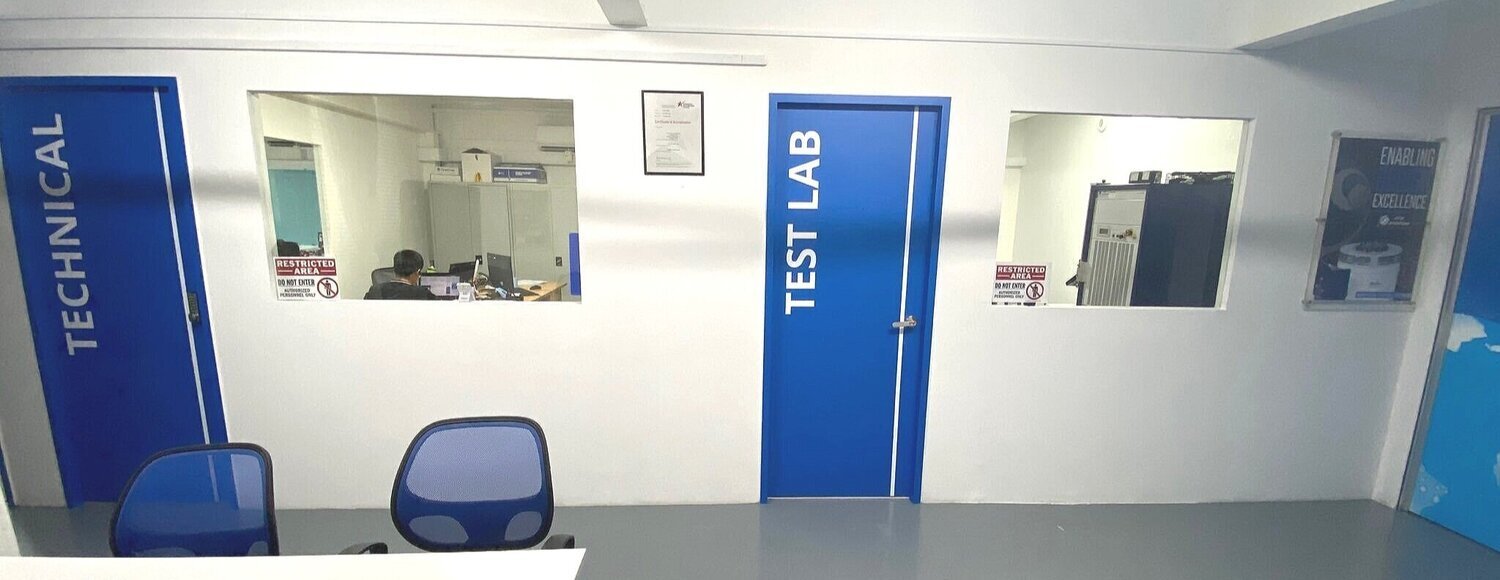Common Mistakes EV Battery Manufacturers Make
In the intricate realm of electric vehicle (EV) battery manufacturing, the pursuit of excellence demands an in-depth exploration of challenges and a commitment to cutting-edge solutions. This article embarks on an expedition into the intricate facets of EV battery production, with a specific focus on Vibration and Shock Testing, Environmental Chambers, Mechanical Testing, and the role of Advanced Simulations.
Through real-world case studies and comprehensive analyses, we uncover pitfalls and provide innovative solutions to empower EV battery manufacturers to overcome these challenges and establish themselves as industry leaders.
Battery Cell Compatibility Assessment: The Vibration Testing
Case: A Manufacturer's Vibration Oversight
Manufacturers often neglect the crucial battery cell compatibility assessment, underestimating the impact of vibrations on EV battery performance. A real-world case exposes a manufacturer's oversight, where inadequate vibration testing during compatibility assessments resulted in unexpected failures and subsequent recalls.
Solution: Integrate advanced vibration testing into compatibility assessments to simulate real-world conditions. This ensures that selected battery cells not only meet performance criteria but also withstand the vibrations inherent in an electric vehicle's lifecycle.
Quality Control Measures: A Mechanical Testing Odyssey
Case: Undetected Defects and Production Delays
The linchpin of successful EV battery manufacturing lies in robust quality control measures. However, undetected defects due to insufficient mechanical testing can lead to delays and increased costs, as illustrated in a real-world case.
Solution: Implement state-of-the-art mechanical testing, including stress tests and structural analysis, as part of the quality control process. This guarantees that each battery meets stringent standards, reducing defects and enhancing overall production efficiency.
Environmental Impact Considerations: Chambers and Sustainability
Case: A Manufacturer's Chambers Oversight
Neglecting the environmental impact of EV battery production is a significant oversight. A real-world case emphasizes a manufacturer's failure to optimize environmental testing chambers, resulting in increased waste and energy consumption.
Solution: Optimize environmental testing chambers to assess the environmental impact of the manufacturing process. Implement eco-friendly practices, from responsible raw material sourcing to efficient recycling programs for end-of-life batteries.
Lack of Innovation in Battery Design: R&D as the Key
Case: Diminished Market Share Due to Reluctance in Innovation
The rapid evolution of the EV landscape demands continuous innovation in battery design. A compelling case study showcases a manufacturer's reluctance to invest in research and development, resulting in a diminished market share and a lack of competitiveness.
Solution: Foster a culture of innovation by investing in research and development. Explore advancements such as solid-state batteries, improved energy density, and enhanced thermal management systems to position the company as an industry leader.
Insufficient Collaboration with Suppliers: A Supply Chain Symphony
Case: Supply Chain Disruptions Due to Communication Gaps
Successful EV battery manufacturing extends beyond the factory walls, emphasizing the need for strong collaboration with suppliers. A real-world example highlights the repercussions of insufficient communication and coordination with raw material providers, leading to delays, quality issues, and increased production costs.
Solution: Establish transparent and collaborative relationships with suppliers. Regular communication, joint problem-solving, and strategic partnerships contribute to a seamless supply chain, ensuring a steady flow of high-quality materials and reducing the risk of disruptions.
Advanced Simulations: Navigating the Future
Case: Simulation Implementation for Process Optimization
As technology advances, the role of simulations in EV battery manufacturing becomes increasingly crucial. A real-world case study showcases a manufacturer's success in implementing advanced simulations for process optimization, leading to improved efficiency and cost savings.
Solution: Embrace advanced simulations for process optimization. Explore virtual testing environments to identify potential issues, refine designs, and streamline manufacturing processes.
In the ever-evolving landscape of EV battery manufacturing, overcoming challenges is not just a necessity—it's an opportunity to excel. By learning from real-world case studies and implementing proactive solutions, EV battery manufacturers can navigate the complexities of Vibration and Shock Testing, Chambers, Mechanical Testing, and Advanced Simulations.
This journey toward manufacturing excellence positions them not only to save valuable time and money but also to emerge as trailblazers in the rapidly evolving electric vehicle industry.
Interested in our Testing & Calibration services?
Send us your inquiry via the Testing & Calibration Lab Form
and we will be pleased to help you.


